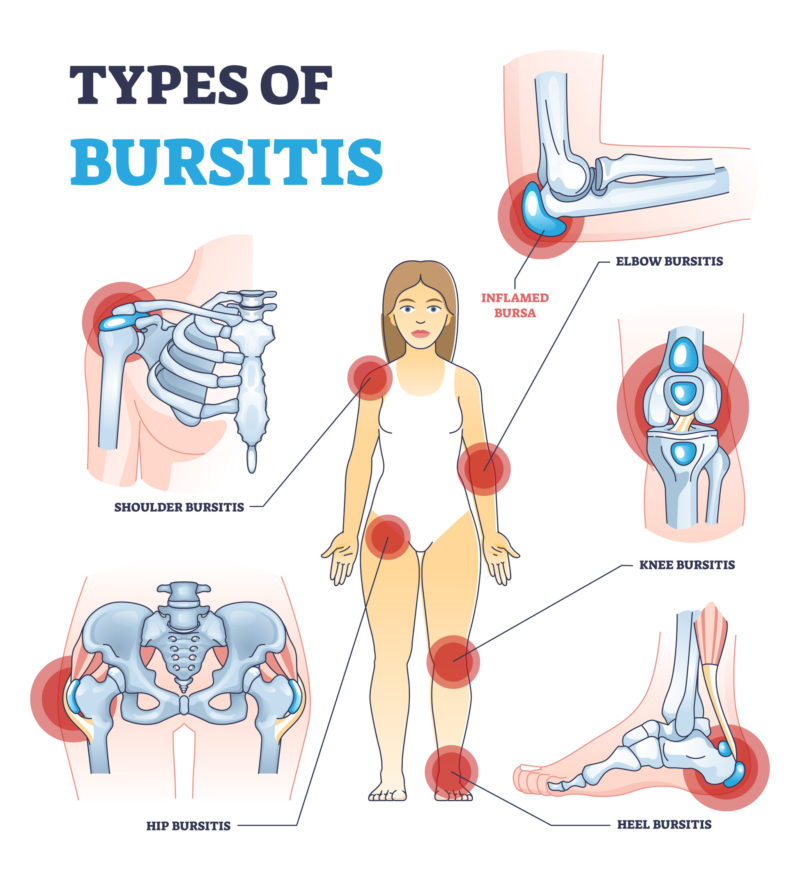
Football is the most popular sport in the world. But with sport, often comes injury. And unlike the pros, if you injure yourself during a match at your local park, there’s no medical team waiting for you .
Today we will discuss some of the most common injuries you might pick up on the pitch and what you can do to avoid theses injuries. It’s no surprise that the most common football injuries tend to affect your lower body due to tackling, running, shooting, twisting and turning, jumping or landing. You might also get an injury from using the same muscles repeatedly (overuse),
Ligament sprains (mainly ankle sprains)
Ligament sprains are the most common injury reported, accounting for more than 30 percent of all injuries, with the lateral ligaments of the ankle and medial collateral ligaments of the knee most commonly affected.
Concussions
Football is a sport that requires direct contact. With contact and competitive tackles we have trauma. Concussions make up 7.4 percent of all injuries in college football players.
Hamstrings strain
Your hamstrings are the three large and powerful muscles at the back of your thigh. They produce a driving force during acceleration when you run. Playing football often involves quick changes of pace, going from a complete stop to quick speed in just a couple of seconds. If your hamstrings don’t have enough length (from stretching) or strength, they can become quickly overloaded which could cause an injury.
To help prevent a hamstring strain, make sure to stretch them and use a foam roller regularly. A foam roller is a cylindrical device you use to massage and relieve sore and tight muscles. It can also help to work on strengthening your hamstring muscles using exercises such as deadlifts, leg curls and hamstring bridges, alongside some sport-specific speed drills.
Groin strain
When you’re on the pitch, kicking, twisting running or jumping could injure your inner thigh muscles (also known as your adductors), resulting in a groin strain. To help prevent getting a groin strain from football, be sure to stretch your inner thighs regularly and include strengthening exercises such as adductor side bridges and side lunges in your exercise routine.
ACL injury
When you’re on the pitch, kicking, twisting running or jumping could injure your inner thigh muscles (also known as your adductors), resulting in a groin strain. To help prevent getting a groin strain from football, be sure to stretch your inner thighs regularly and include strengthening exercises such as adductor side bridges and side lunges in your exercise routine.
Torn meniscus
When you play football, you’re often running on an uneven surface and have to change direction at a moment’s notice. This means that the ligaments which stabilise your ankle joint could become overstretched, and could cause your ankle to roll inwards or outwards.



